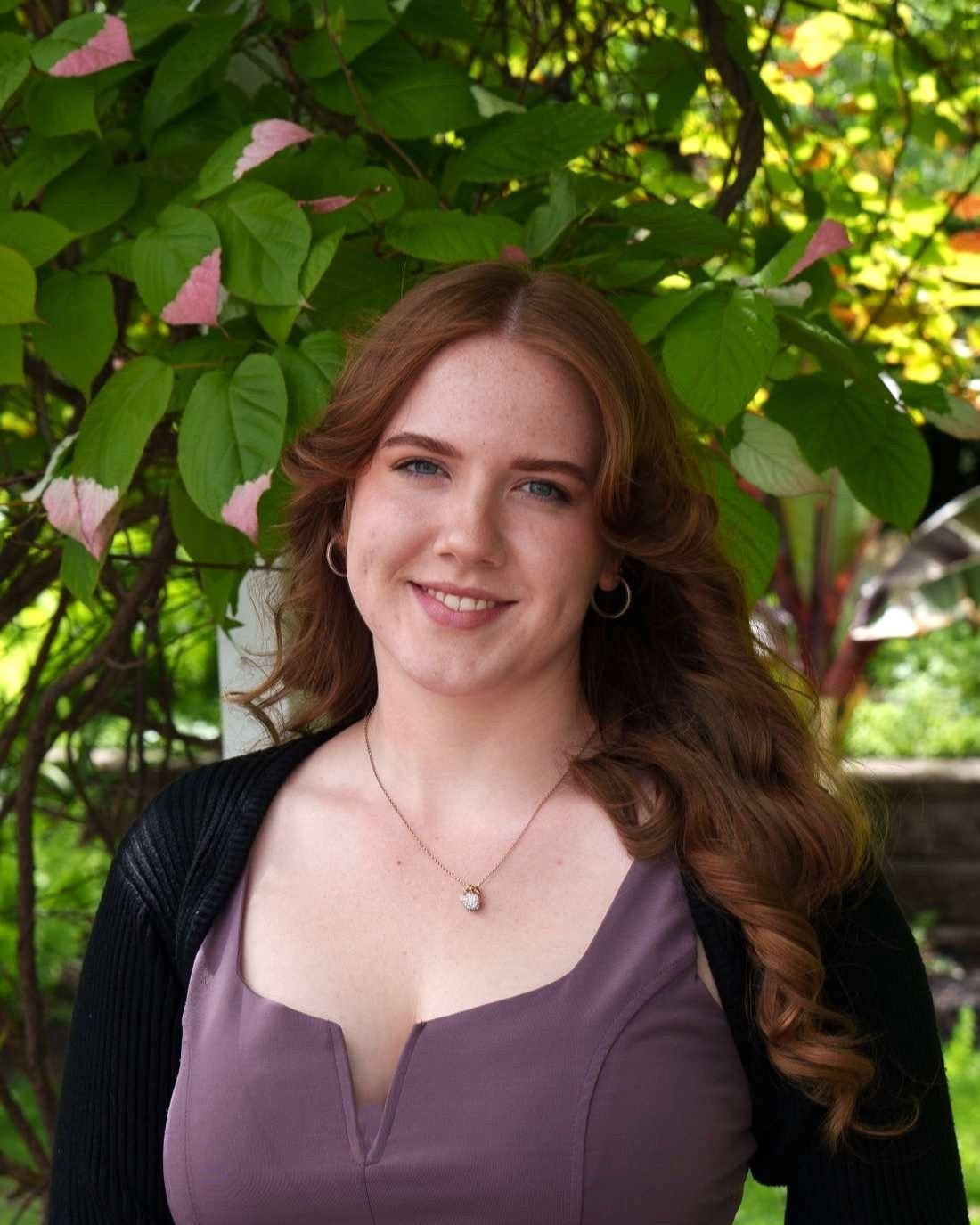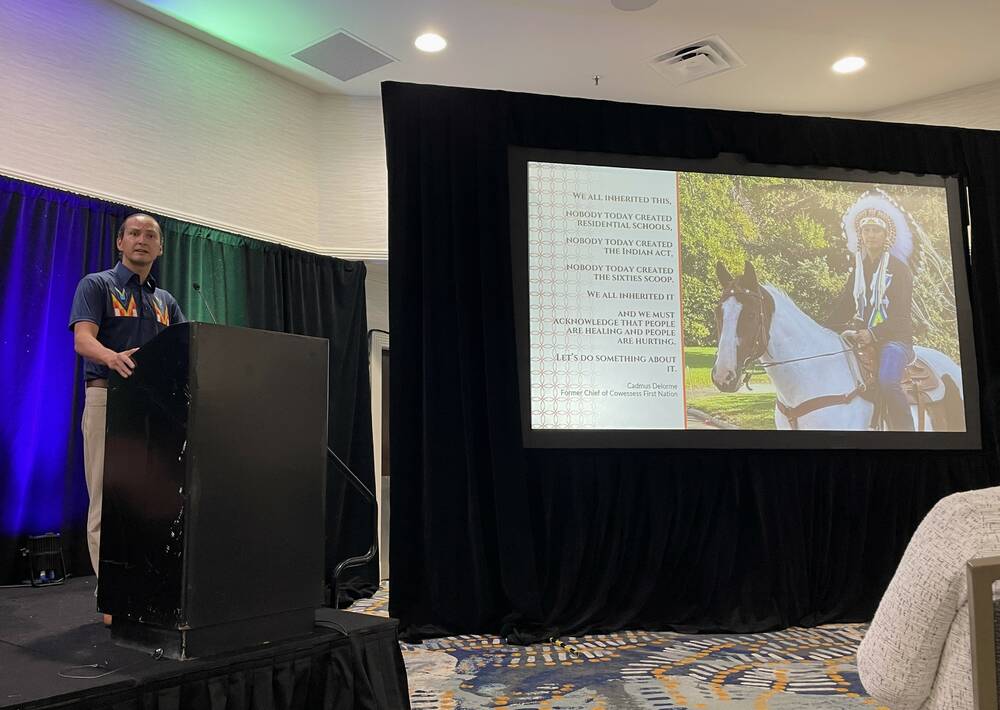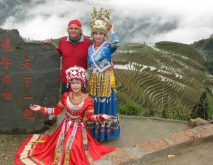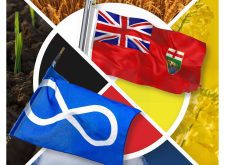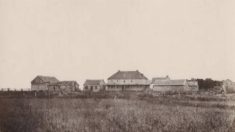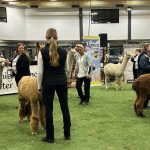Cadmus Delorme, chief executive officer and partner of OneHoop Consulting, says society has inherited this moment in history, and it includes responsibility for truth and reconciliation with Indigenous peoples and communities.
Responsibility is not to be confused with blame or creation of harm, he said, while speaking at the Protein Industries Canada convention in Saskatoon in mid-September. It does mean taking action to correct past wrongs.
“We’re the students right now, in this moment,” he said. “We just have to understand. You don’t have to agree with me. You just have to understand we were all wired differently, to understand what we just inherited.”
Read Also
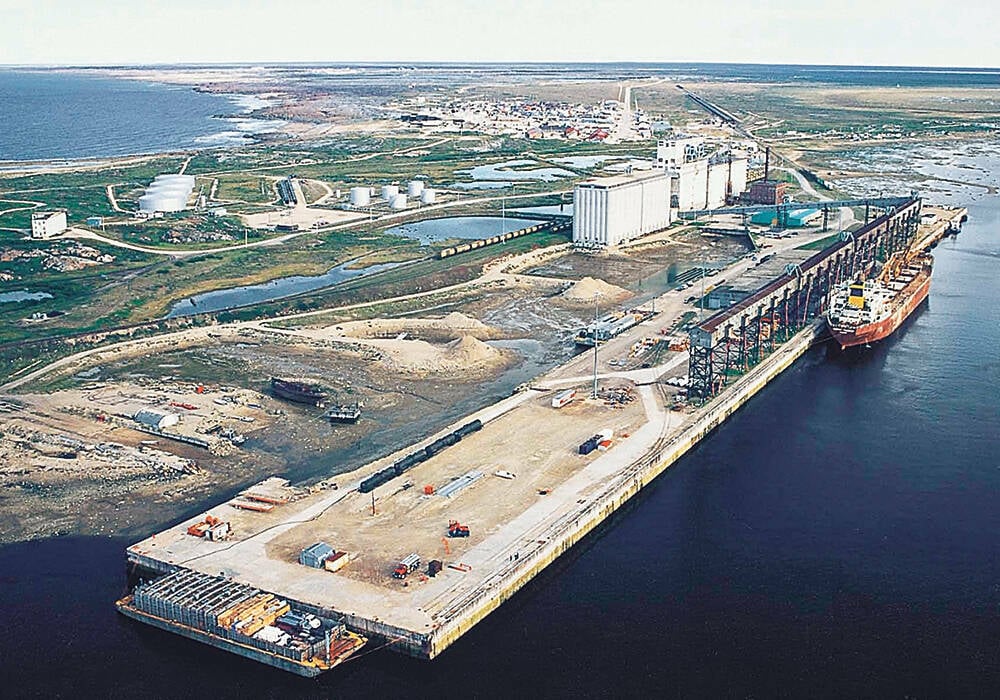
Port of Churchill revamp gathers pace
Canada’s Port of Churchill Plus update plan hopes to expand trade, including agriculture trade, at Manitoba’s Arctic sea port
Why it matters: Industries across Canada are working to figure out reconciliation in action. Agriculture is no exception.
That may be easier for new generations. Curricula in today’s schools have heavier emphasis on Indigenous history, culture and current issues. Those who have been out of school for decades must deliberately seek that learning, he said.
The truth portion of truth and reconciliation is the foundation and the why of the movement, Delorme said. Reconciliation is the action taken. The why must be understood for positive change to occur.
“Think of it like a fraction, like a math fraction. The denominator is truth, the numerator is reconciliation. And there’s 94 calls to action. You can’t do them all, but you’re going to put in the (top spot): ‘Number 57, professional development.’ You’re going to put in there: ‘Number 92, business and reconciliation.’ That’s the numerator, and we run with it, but we don’t spend enough time on the denominator of why we do this.”
Reconciliation and ag
“We don’t want pity,” Delorme said. “We don’t want anybody to feel sorry for us. We want parity like every other non-Indigenous person in this country, and we want parity while our Indigenous worldview isn’t tested anymore.”
What does that look like in agriculture and agri-food? For Delorme, it means leaving room for Indigenous opportunity. Many First Nations across the country are prepared to pursue more agriculture on their reserves. Near Saskatoon alone, there are at least 45 ready to begin farming and five that already have, he said.
Cowessess First Nation, in southeastern Saskatchewan near Grenfell, began their reconnection to farming when Delorme was chief. With the partnership of local non-Indigenous farmers as mentors, they have grown their operation and now farm 8,000 acres with five Indigenous producers.
“We’ve been not farming for, some of us, for one or two generations,” he said. “Our grandparents were amazing farmers. We love our stories at our kitchen table, but we need the locals to come and mentor us again. Remind us, you know. And I think that’s where we can have a lot of partnerships for on reserve and very close off reserve.”
Partnerships must be built on relationships and co-existence, fostered through community and culture, and a show of understanding outside of the office or boardroom, he said. To build these relationships, he encouraged producers to involve themselves with Indigenous communities near their homes.
“If you’re local, and you’re a neighbour, and there’s a powwow or celebration, go and mingle,” he said.

